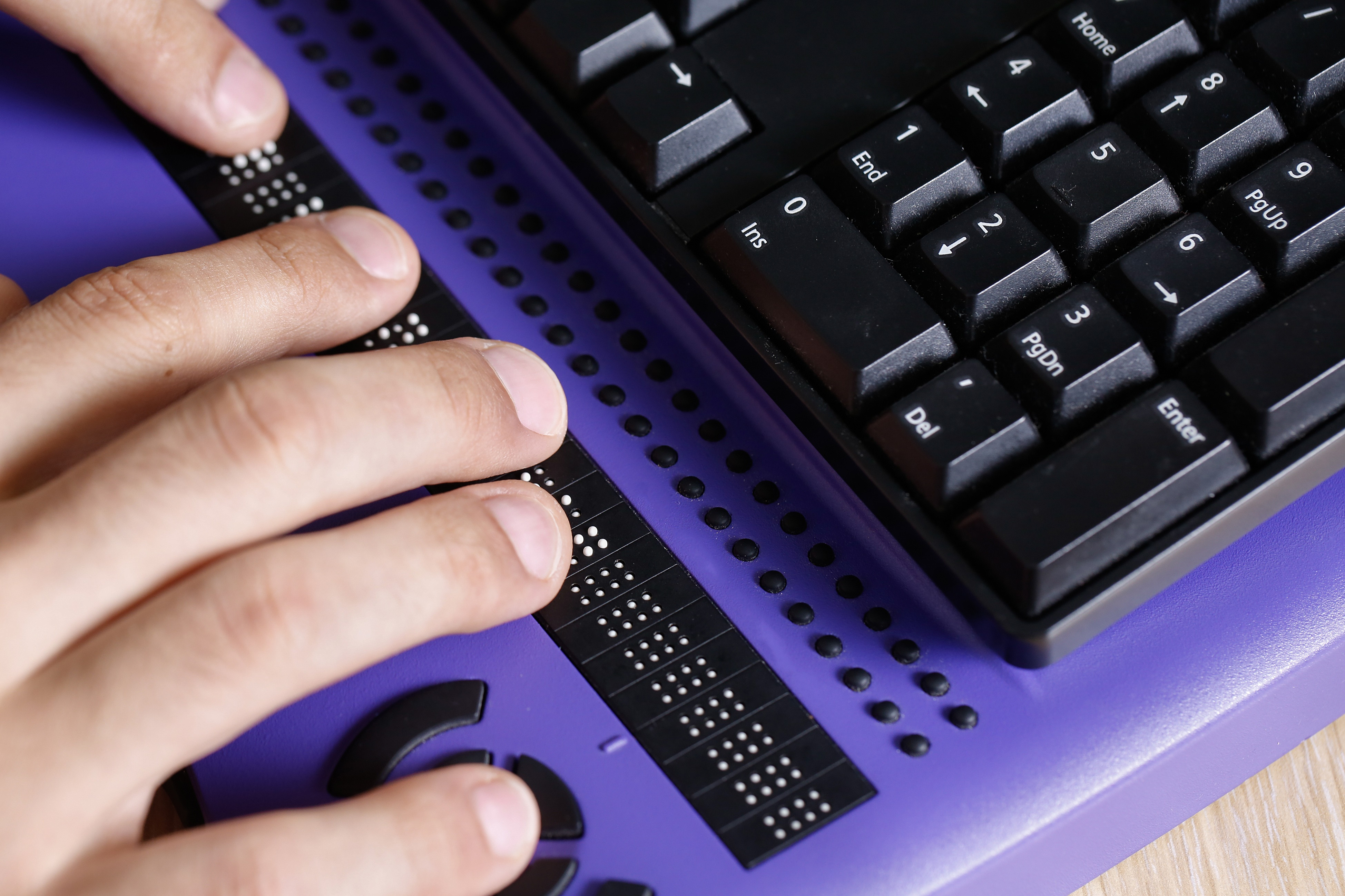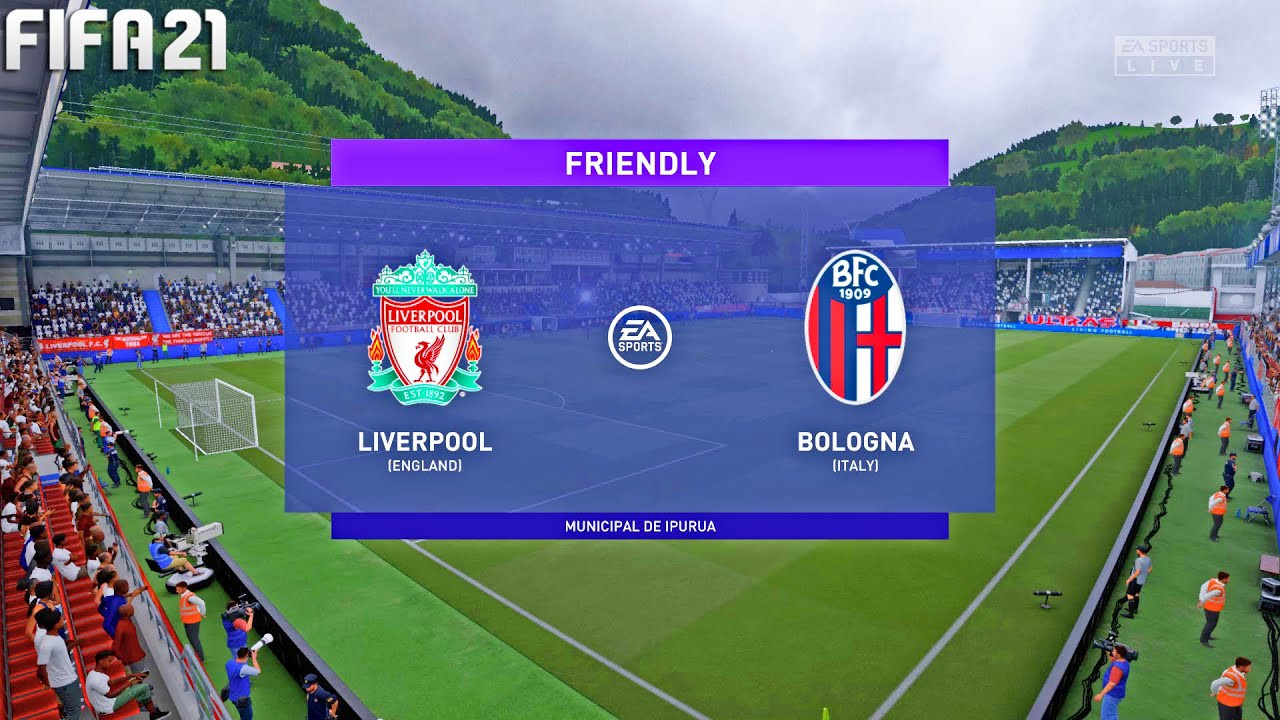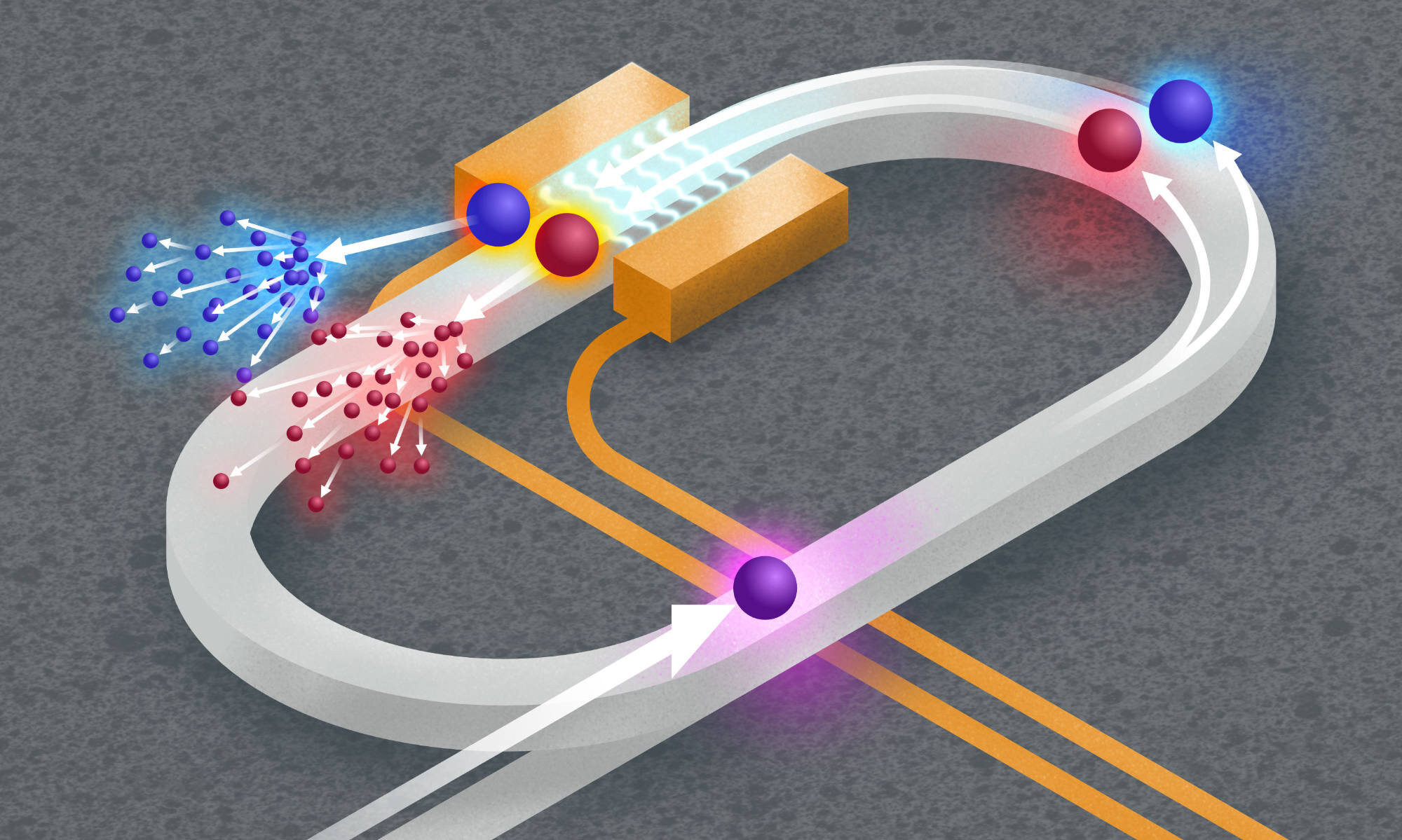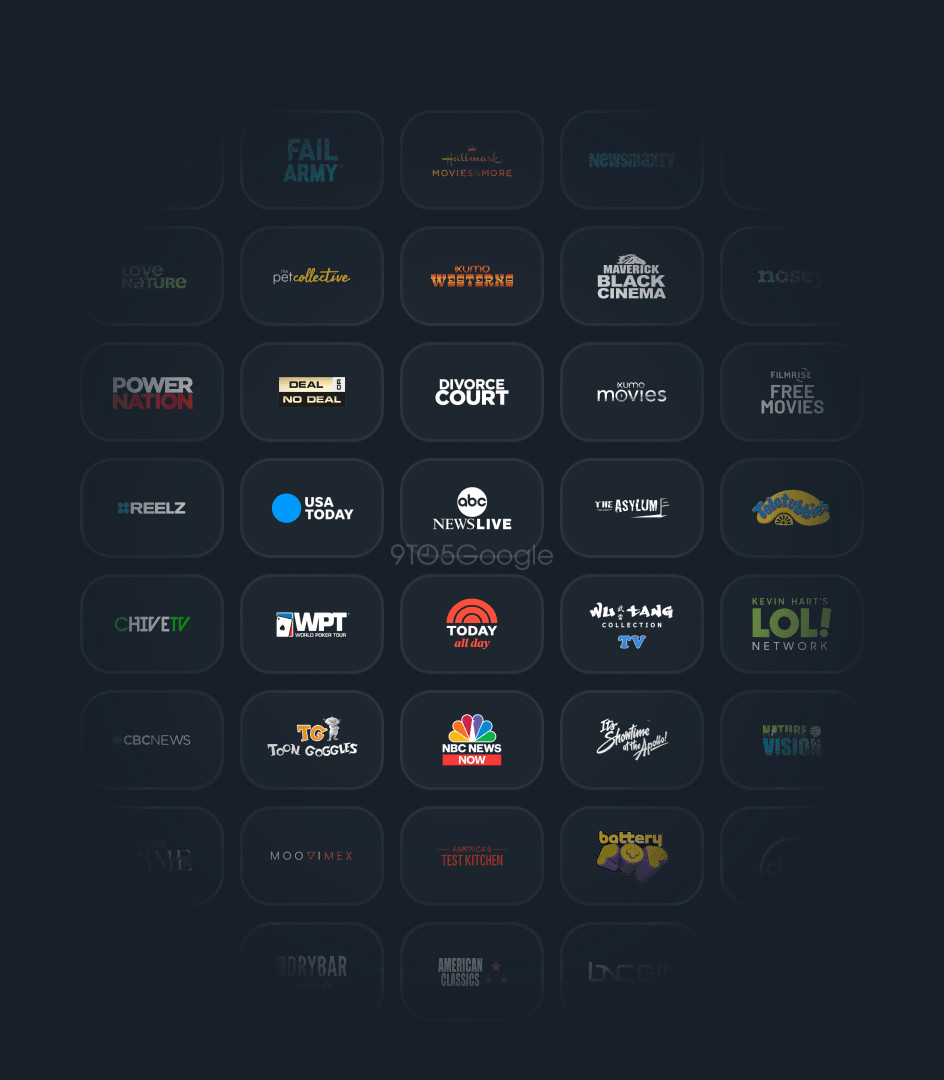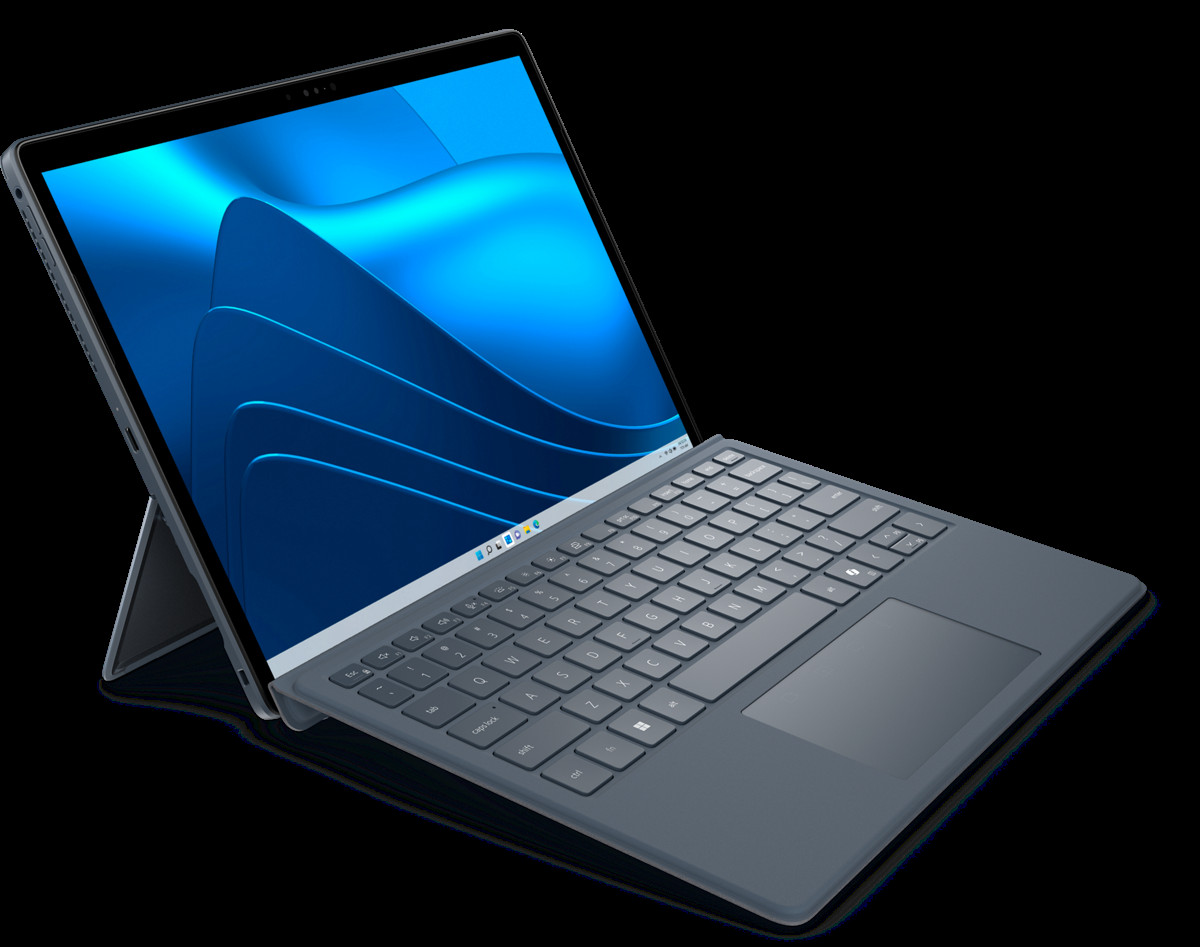In a world where technology keeps making things more accessible, a standout innovation from the University of Bristol is a pen that can turn Braille into English text.
This device, known as “Braille-tip,” is set to reshape how visually impaired individuals engage with Braille. Braille is a vital literacy tool that has been on a troubling decline despite its immense value.
Braille literacy has been steadily declining, despite the expressed desire among visually impaired individuals to learn it. This decline is often attributed to the scarcity of learning resources, especially in areas far from major urban centers.
Braille literacy is more than just reading and writing. It’s a gateway to independence and a crucial skill for navigating the world. Yet, many who wish to learn Braille find themselves hindered by a lack of access to effective tools and resources.
Enter the Braille-tip, a handheld device developed by experts at the University of Bristol. This pen-like tool is equipped with a one-centimeter sensor featuring 19 channels specifically programmed to read Braille.
“This device, Braille-tip, was designed to aid people’s ability to learn independently, and will hopefully form part of the solution to increasing Braille literacy and allow people to reap the benefits of reading and writing,” explained Dr. George Jenkinson, the lead author of the study, in the press release.
At the heart of the Braille-tip’s functionality is its compact, soft tactile sensor, which can be mounted on a standard pen. This sensor is designed to dynamically assist users in reading and learning Braille. The device operates using fluid channels that transmit tactile information from 19 sensitive areas beneath a silicone membrane to a single camera.
This intricate system allows the sensor to detect the raised Braille dots on embossed cardboard, which is typically used by Braille readers.
Jenkinson described his experience with the device, “I used the handheld device to read multiple passages of Braille and analyzed how accurately it could process the tactile cues (Braille bumps) into English text.”
The Braille-tip’s algorithm is particularly noteworthy because it operates in real-time without relying on deep learning or extensive training. This makes the device predictable, explainable, and adaptable to other tactile sensors. The result is a robust code that can be easily edited and improved.
Braille-tip’s ability to translate tactile information into spoken English text makes it a powerful tool for those learning Braille. The sensory pen works like the leading finger in advanced Braille-reading techniques.
In these techniques, both index fingers are used at the same time, with one finger re-checking letters while the other keeps reading. Braille-tip could act as a helpful guide for learners, assisting them as they master the skill.
The team behind Braille-tip is not stopping at their initial success. Plans are already underway to enhance the device’s functionality, making it easier to operate with greater accuracy. Jenkinson emphasized the importance of involving the device’s end-users in its development to ensure it meets their needs effectively.
“As soon as possible, the device should be tested with participants, and prototypes should be made available to the intended end-users so that their desires and the potential use for such a device can be assessed in earnest,” Jenkinson stated in the release.
He further elaborated on the importance of a co-design approach, saying, “A co-design approach that involves users is much more likely to have a positive real-world impact than an approach siloed in the laboratory.”
The potential applications of Braille-tip extend far beyond learning environments. Braille is a standardized and structured communication medium found in public spaces such as transport hubs, elevators, and ATMs. A device capable of reading Braille letters encountered in these public spaces could significantly enhance the independence of visually impaired individuals who have not yet mastered Braille.
The pen provides real-time translation of Braille into English text. This feature could help users interact with public spaces and devices more confidently. It also offers a way for them to practice and improve their Braille skills on their own.
Stay up-to-date on engineering, tech, space, and science news with The Blueprint.
By clicking sign up, you confirm that you accept this site's Terms of Use and Privacy Policy
Sujita Sinha A versatile writer, Sujita has worked with Mashable Middle East and News Daily 24. When she isn't writing, you can find her glued to the latest web series and movies.
a day ago
2 days ago
2 days ago
2 days ago





